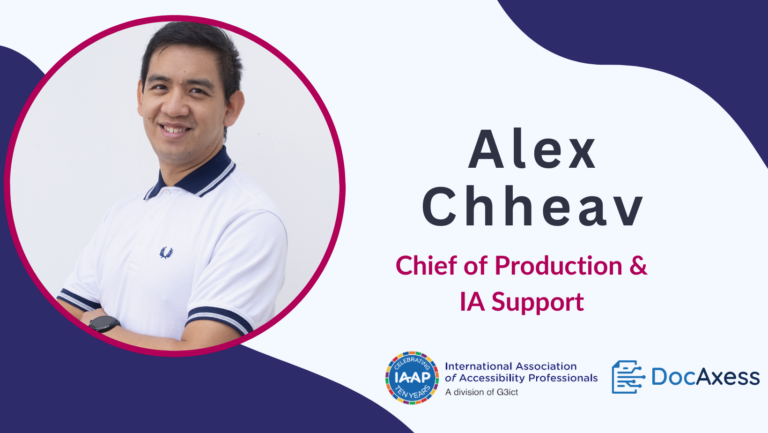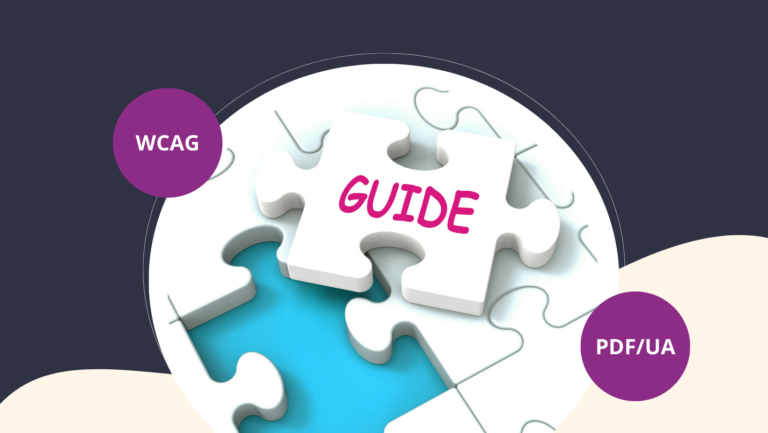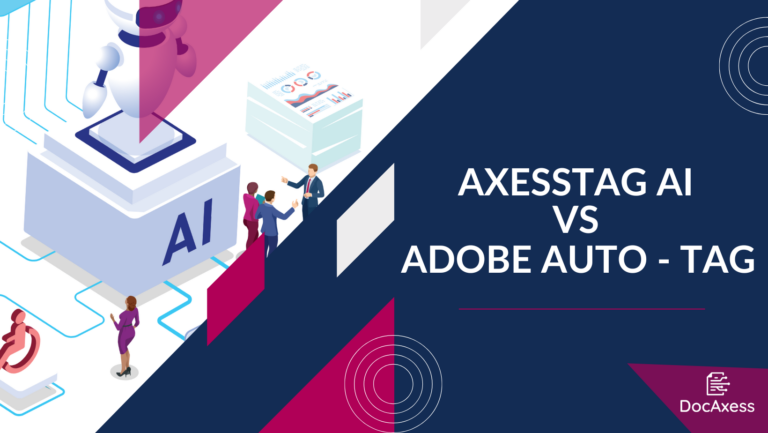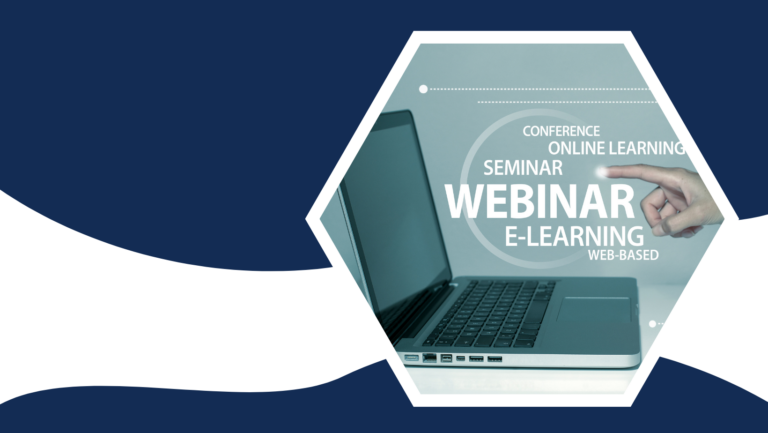Digital accessibility in education and training ensures the inclusion of students with disabilities and improves the learning experience for all. As part of their civic duty, institutions and publishers are invited to contribute to the Educational Accessibility Programme collectively. It aims at making digital resources accessible to all learners. Here is a comprehensive guide to help you meet the challenges of accessibility.
Educational accessibility: improving learning conditions for students with disabilities
Digital accessibility is not just a legal requirement. It is an opportunity to make learning more inclusive. Education should be accessible to all. This initiative is part of the Educational Accessibility, which heads towards promoting effective teaching – under optimal conditions – for students with disabilities.
Let’s go back to basics.
The accessibility of learning materials, including textbooks, course materials and teaching resources, is a significant issue for students with disabilities. It is worth considering that inaccessible documents may potentially impact learning opportunities, particularly for students with specific disabilities or learning needs. For instance, a blind student may require a document in Braille, a dyslexic student may require an whereas version, or a young learner with cognitive difficulties may require alternative formats to access information.
This is a problem for them and for you as an institution. By making your content accessible, you maximise inclusion and avoid legal complications.
Beyond the legal requirements, accessibility offers concrete advantages. These advantages are beneficial to all. They facilitate reading, enhance document structure, and provide more options for customisation.
PDF documents made accessible in education and training
- Books, textbooks and other educational materials used by teachers and students for classroom learning
- School reports
- Administrative documents: admission forms, transfer documents, parental consent forms, registers, contracts, etc.
- Communication documents: parent newsletters, invitations to school events, press releases, school websites, etc.
- Internal policies and procedures: discipline policies, security policies, emergency procedures, etc.
How to make PDF documents accessible?
Choosing and creating accessible formats
Use verification tools to ensure that documents are read correctly by screen readers.
Use accessibility tools
DocAxess has developed a PDF accessibility checker to detect errors.
Comply with accessibility standards
- WCAG: The Web Content Accessibility Guidelines are the global reference.
- Accessible PDF – PDF/UA standards.
View details of these accessibility standards.
Training teachers and administrative staff
3 key points:
- Raise awareness of the importance of accessibility.
- Understanding that accessibility is not just a question of compliance, but above all a question of respecting the needs of everyone.
- Training in the use of tools and best practice
All staff are affected, from admin to IT, HR, teaching and communication. While training your teams in digital accessibility is a good start, the most important thing is to embed this skill into your organisation’s culture. By cultivating a collective awareness of inclusion, you are preparing your team for the future’s digital challenges.
Accessibility in education must be at the heart of every organisation, including publishers. In our approach, we want everyone involved to be aware of the importance of accessibility as a whole.
It is time to reconsider our viewpoint to accessibility. Rather than regarding it as a legal obligation, we should view it as an opportunity to viewpoint an equitable and inclusive education. Accessible documents enable all students and learners to succeed under the best possible conditions.
By implementing an effective strategy, your institution can become a model of inclusion. To assist you in addressing these challenges, we have developed a range of solutions tailored to education and training.












